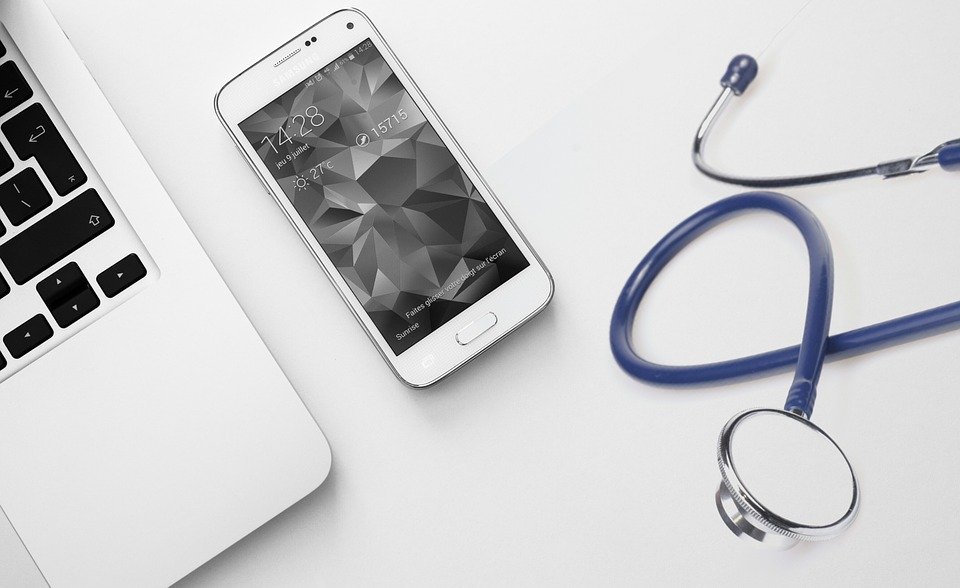
From fitness trackers to ultrasound scans, technology has made health monitoring easy accessible to everyone. Some of these technologies are centered around smartphones and some of them are centered around specific medical devices, which require high quality software solutions. Due to this, it seems that dependence on medical practitioners would drop in the future.
Aid to Medical Practitioners
However, this does not seem to be happening anytime soon. What is apparent is a trend of technology improvement to aid medical practitioners in their job. That in itself is a major reason for the longer lifespans that we see today.
Among the best technologies used in healthcare today include technologies such as big data analytics, artificial intelligence, wearables, cloud, robotics, 3D printing, blockchain, augmented reality and others.
What is a Medical Device?
However, discussion on the importance and impact of innovative devices in healthcare is futile without an adequate understanding of the devices itself. Medical devices are defined as:
“Any instrument, appliance, material…, including the software necessary for its proper application, intended by the manufacturer to be used for human beings for the purpose of… diagnosis, prevention, monitoring, treatment or alleviation of disease…” – ISO 13485, Quality Systems
The Software Segment
It is apparent that the term “software” is especially mentioned. Not only is software essential for innovative medical devices but it is often the medical device. How so? The definition of medical device software itself pertains to either of the five possible definitions. These are:
- Software that is used as a part of the medical device itself.
- The software that itself is a medical device.
- Software that is essential in the manufacture of a device.
- Software that is used to manufacture a medical device.
- The software that forms a part of the implementation of the quality system.
In fact, the term “medical software” has been in use much longer than the term medical devices. It was the former that actually drove the development of the latter. What really is the latest addition to the functionalities of these devices is their wireless communication. With dependence on Bluetooth, WiFi and IrDA, medical devices can exchange information in real time.
In doing so, big data and data analytics also forms an integral part. With a user-centric approach, all data must be easy to read and understand. That is where infographics, charts and bars become much more important than raw information. This is what makes everyday user – person who is not a medical practitioner – a stakeholder in their own health.
Final Word
While the complete understanding of medical metrics may not yet be apparent to everyone, innovative medical devices and software make it easier to generate insights every day. However, there is yet to be plenty of development and the full scope of technology is yet to become obvious.
But it can still be said that in whatever way these devices progress, software will take on a pivotal role in defining this future.